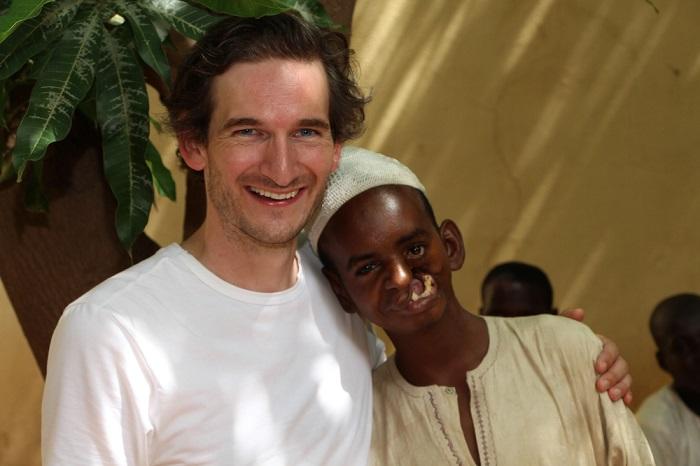As an anaesthetist, Jyothi Jose follows a simple rule: try not to get attached to patients or their stories. It’s a rule that’s served her well wherever she has worked. However, in the three weeks she spent with Doctors Without Borders/Médecins Sans Frontières (MSF) at the world’s only dedicated noma hospital in Sokoto, Nigeria, Jyothi found this rule tested to the hilt.
To understand why, a little bit about noma first. A gangrenous infection of the mouth and face, noma comes from the Greek word “nomē”, meaning to devour. The disease is known for eating away at tissue, leaving survivors with grotesque facial disfigurements.
The World Health Organization estimates that around 140,000 new noma cases emerge every year, most of them children from poor, remote communities in Africa. Up to 90 per cent of patients who do not receive treatment die.
Effects of Noma
“Cosmetically it is a horrifying experience. The infection starts in the mouth and spreads to surrounding areas. Many patients we see have lost significant parts of their face,”
“It may take away your ability to eat, to breathe and to see. It can also lead to malnutrition and other health problems”
Because of the disfigurement noma causes, patients also experience high levels of stigma among their communities, and sometimes even within their families. They are often considered cursed, and face exclusion as a result. Children have to drop out of school, and are unable to find jobs as adults.
To tackle the neglected condition, MSF sends surgical specialists four times every year to the Sokoto Children’s Hospital in north-west Nigeria. Surgery is required to remove the dead tissue and graft new skin onto the patient. Depending on the extent of infection, noma patients may require multiple surgeries, making recovery a slow and gradual process.
“Surgery in itself is a tiny part of what we do,” Jyothi says. “A lot of work goes into outreach, in encouraging the patients to come out and convincing them that there is life after noma.” Once they are in the hospital, they are provided nourishment and started on antibiotics before they can undergo surgery.
Mental health support
MSF’s mental health team also plays a key role through the treatment cycle of the patient, Jyothi explains. From educating patients and their family about noma, to helping them cope with its effects by counselling them, mental health support is key to rebuilding their confidence and social skills.
She remembers a teenage girl who lost her upper and lower lips to noma, and would never look up during a conversation.
“But over time, she regained her confidence and would participate enthusiastically in conversations. It was beautiful to see.”
Compared to the stigma patients face outside, the hospital is an island of empathy. All noma patients, regardless of age, have at least a caretaker by their side.
“They would comfort each other by saying ‘it’s not so bad’,”
MSF’s team also organised activities inside the hospital to keep patients’ spirits up.

Jyothi says MSF’s noma programme is a perfect illustration of the organisation’s goals - to save lives, alleviate suffering and restore dignity to people in distress.
“Because noma attacks the body and the mind, our programme is not just about treating people. It is also about giving them their self-respect back.”
Although a brief assignment, it has had a sizable impact on Jyothi.
“You’re scared when you see photos of noma. But when you go there and see the whole picture, you realise how beautiful everything is. It’s like the opera, it just draws you in. You see it and fall in love, even if you don’t intend to,”


